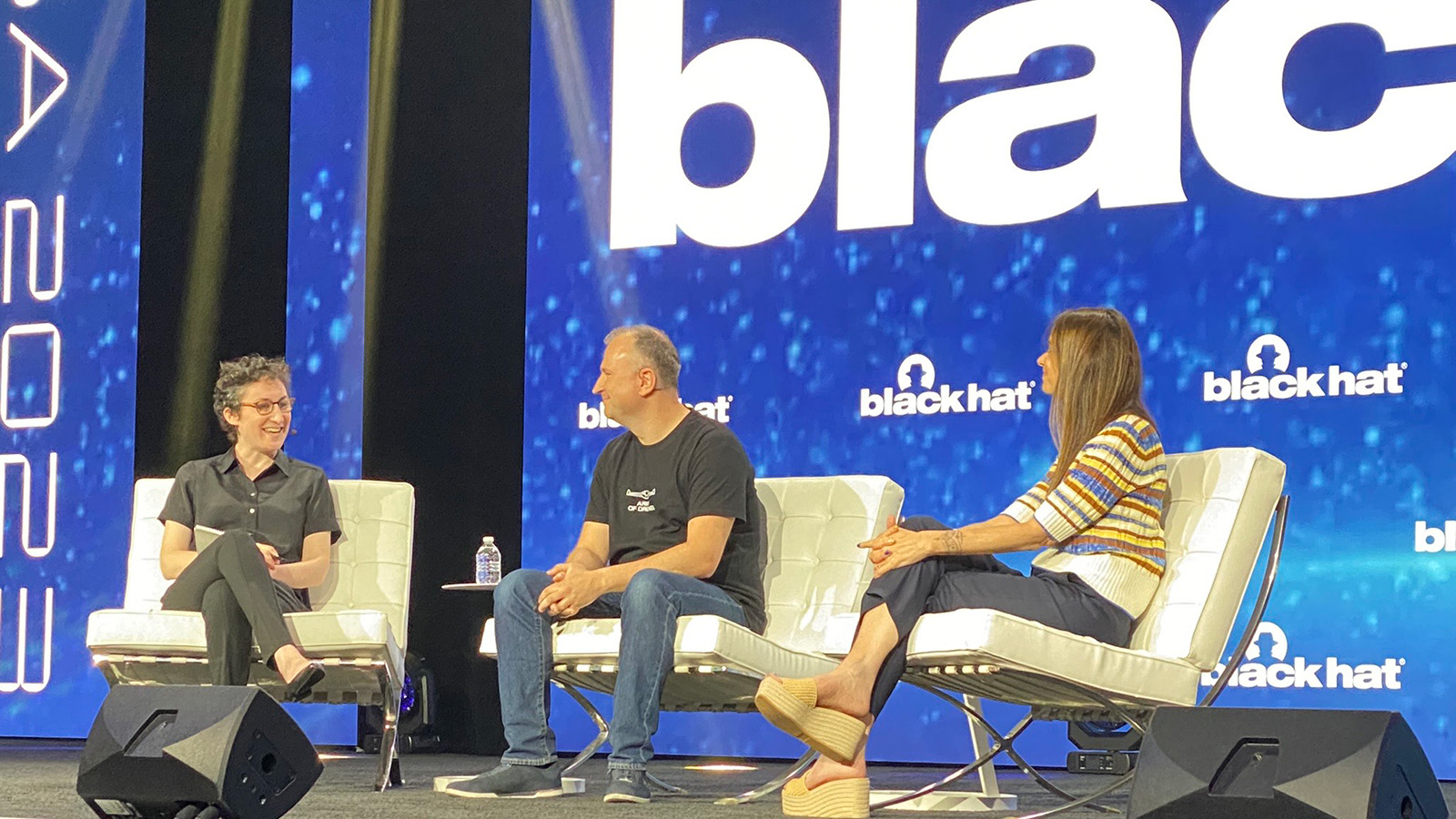Deepfakes, stolen email addresses and identity fraud drive continued gains in business email compromise attacks. How can defenders fend them off?
The promise and threat of AI, government policy and surprising revelations about the Viasat hack were among the major takeaways from Black Hat and DEF CON.
At DEF CON, EFF security researcher Cooper Quintin discussed a mysterious group called Dark Caracal that has proven effective despite making many mistakes.
VPNs, virtualization hosts, secure email gateways and other network “edge” devices have become a common entry point for attackers in significant enterprise breaches. How can defenders respond?
Concerns about China and generative AI dominated the cybersecurity discussions at the tenth edition of the Intelligence and National Security Alliance’s annual gathering, which drew hundreds of security professionals, spies and government experts.
With APIs accounting for more than half of all internet traffic, attacks on mobile and web application endpoints continue to grow.
AI dominated conversations at the RSA Security Conference in May, but underneath the hype, some real changes are in the works.
Increases in phishing attacks, credential stuffing against corporate cloud services and unpatched vulnerabilities in consumer hardware have all skyrocketed since the COVID pandemic upended work routines. With more employees logging in from home, locking down workers’ security habits and local networks has never mattered so much.
While the open-source ecosystem continues to make progress on securing the production of widely used components, developers need better tools and a security culture to benefit.
The global cyberthreat landscape has changed since Russia’s invasion of Ukraine but not necessarily in the ways predicted.













